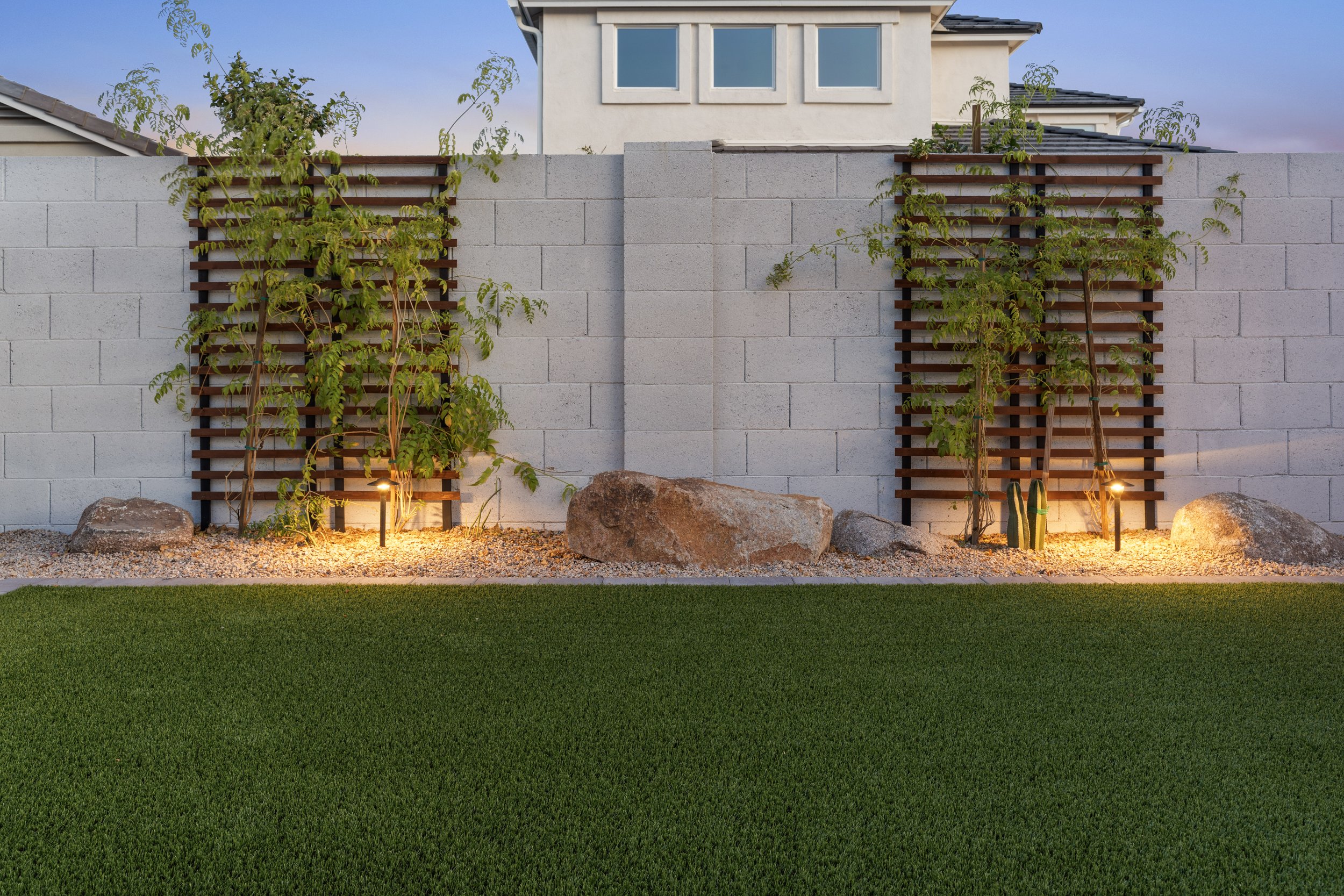The Discipline of Restraint: Creating More with Less
Simple, and clean. But powerful and balanced.
Bespoke design, in its highest form, is not about abundance. It’s about discernment, craftsmanship, and the discipline to pursue quality over quantity.
At OHPLC, we believe the most powerful spaces don’t overwhelm—they whisper. They make room. They hold stillness. In a world full of visual noise and performative design, restraint becomes a radical act of craftsmanship. Not because we lack ideas, but because we refuse to let them compete. We edit. We refine. We subtract. And what remains is intention, distilled.
Subtraction as Precision
We often begin a design by exploring what could be there. But quickly, the more important question emerges: What should be there? Restraint is about answering that question with honesty and an innate compositional awareness. As we all know, the whole is always greater than the sum of its parts.
Take hardscape, for example. Where one might flood a space with pattern, material, and form, when the more masterful composition might be two or three surface changes total—each chosen not for variety, but for harmony. A material that not only complements the home’s architecture but improves with time, wears honestly, and invites barefoot quiet in the early evening light, even amidst the harshness of Sonoran, rebelliously lived-in and well-loved.
Every detail is a chance to say less, and to do it better. Instead of layering color on color, we tune a palette so that one neutral tone can speak volumes. Instead of crowding a space with features, we place a single fire element with perfect symmetry and leave the rest to sky and silence.
Restraint Is Not Minimalism
This isn’t about austerity. Restraint is not the absence of emotion—it’s the control of it. The richness is still there: in material, in shadow, in the way sunlight dances across the edge of a poured concrete bench. But it never shouts.
This is where the artistry lives: knowing when to stop. Knowing when the space says, enough.
Built for the Senses
A restrained space doesn’t compete for your attention. It expands your awareness. The sound of wind through soft grasses and shimmering shade trees. The echo of footsteps on large-format stone. The way the water's surface reflects just enough of the setting sun to become a masterclass of impressionistic expression for just a few moments each day.
Without the clutter of over-design, the senses come alive. Texture becomes the story. Light becomes the artist. What’s left out makes what’s left in more meaningful. Impactful. And authentic.
Case in Point
A compelling example of restraint comes from our Fazio project, where a pair of illuminated water curtain sculptures rise from a sleek, understated patio. The design brief could have leaned toward theatricality—layers of lighting, sound, and material—but instead, we pursued purity of form. Two monolithic frames, matte black and geometrically precise, channel twin sheets of water, lit only from within.
That silence—broken only by falling water—becomes the luxury. The space feels almost sacred, especially at night, when the fire feature nearby glows low and the desert sky opens in thunderous conversation. These moments weren’t designed to grab attention. They were designed to hold it.
The result is not merely a statement. It’s a meditation. Something carved from intention and nothing else. Something bespoke, elemental, and deeply calming—proof that restraint can be the most luxurious gesture of all.
That’s what restraint does: it reveals the essence of a design so clearly that it feels like it was always meant to be.
The Luxury of Letting Go
When we work with clients who trust us, we often ask them to imagine not just what they want in the space, but what they want it to feel like. Safe. Grounded. Clear. You don’t get that from excess. You get that from discipline.
In the end, restraint isn’t a lack of creativity. It is a hallmark of true craftsmanship—an ethos that honors process, patience, and perfection. Because when everything has a purpose, and nothing is there by accident, you arrive at something rare: a space that doesn’t just impress, but one that endures and exists as an extension of the families who live alongside them as much as the memories they’ll make within.
To learn more about how OHPLC uses modern minimalism in their landscape and pool designs, check out our work on IG @ohplc_designandbuild and YouTube at @ohplc.

